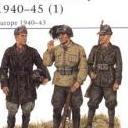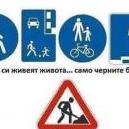Християнската общност в град Анхиало в периода I-XII в.
-
Последна активност
-
Руско-украинската война 2022-2024 година. 1 2 3 4 190
От Р. Теодосиев, in Руско-украинската война 2022 година.
- 4736 мнения
- 363710 прегледa
-
- 26 мнения
- 1074 прегледa
-
- 566 мнения
- 74097 прегледa
-
- 2717 мнения
- 247066 прегледa
-
Пилотирана мисия до Марс - водещи американски учени са категорични в научната ѝ полза
От SAlexandrov, in Космически науки
- 12 мнения
- 283 прегледa
-
-
Последно разглеждащи 0 Потребители
- No registered users viewing this page.



Препръчано мнение
Напиши мнение
Може да публикувате сега и да се регистрирате по-късно. Ако вече имате акаунт, влезте от ТУК , за да публикувате.